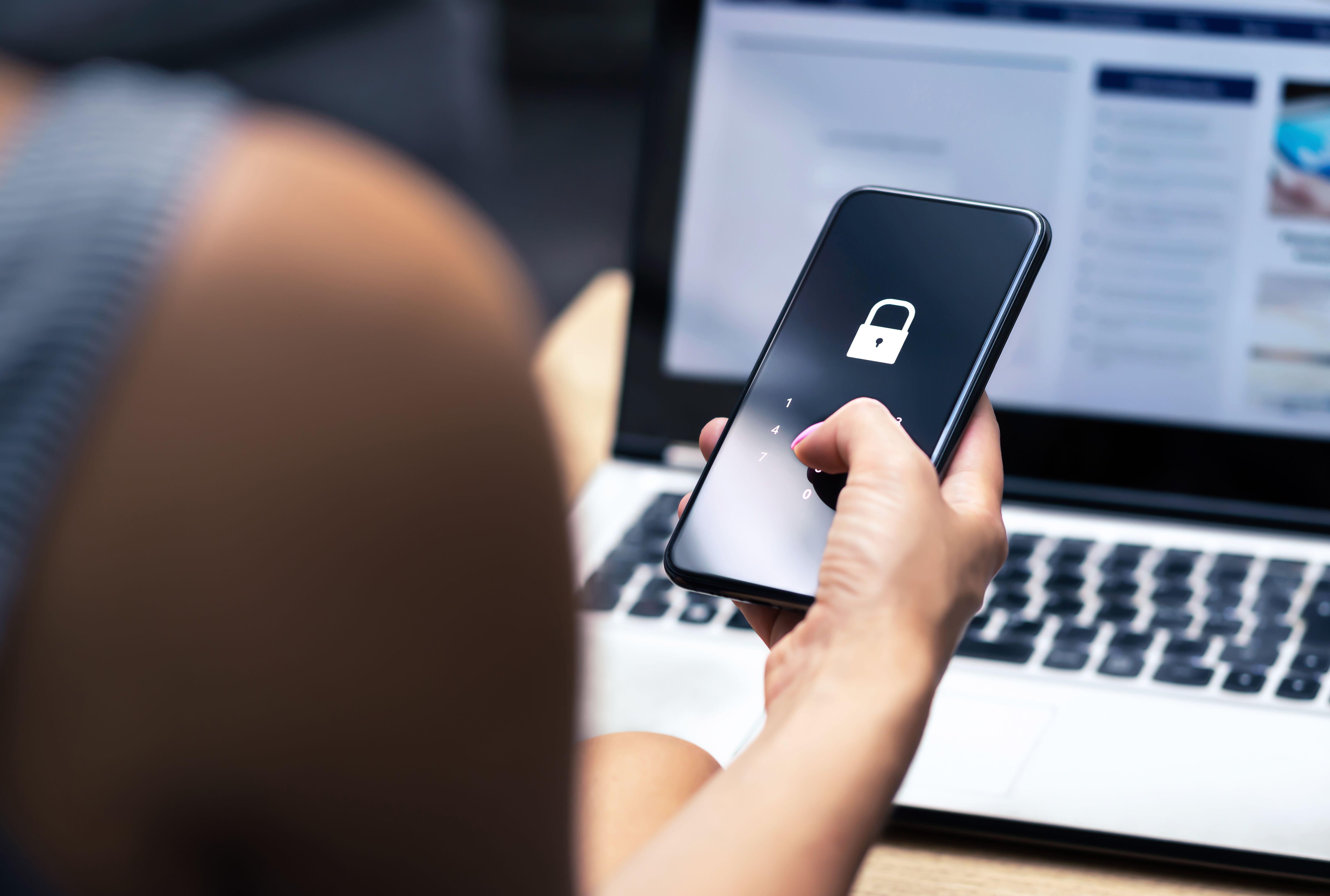Stolen Data Gives Attackers Advantage Against Text-Based 2FA

Companies that rely on texts for a second factor of authentication are putting about 20% of their customers at risk because the information necessary to attack the system is available in compromised databases for sale on the Dark Web.
About 1 billion records synthesized from online databases — representing about one in every five mobile phone users in the world — contain users’ names, email addresses, passwords, and phone numbers. This gives attackers everything they need to conduct SMS-based phishing attacks, also known as smishing, says Thomas Olofsson, CTO of cybersecurity firm FYEO.
Cybersecurity experts have long known that the addition of an SMS one-time password is a weak form of two-factor authentication and the simplest form of two-factor authentication for attackers to compromise. However, combining such attacks with the readily available information on users produces a “perfect storm” for attacking accounts, he says.
At Black Hat USA, Olofsson plans to go over findings from research into the problem during a session on Wednesday, Aug. 10, called “Smishmash — Text-Based 2FA Spoofing Using OSINT, Phishing Techniques, and a Burner Phone.”
“The research that we have done is two parts: How do you bypass 2FA, and how many phone numbers can we tie to an email address and a password,” he tells Dark Reading. “So, for about one in five — a billion — people, we can connect your email address to your phone number, and that is really bad.”
The analysis found that by collecting information from known databases of compromised usernames and passwords, researchers could create a database of 22 billion credentials. Linking those credentials to a phone number reduced the exposure to a bit more than 1 billion records, of which about half have been verified.
To make use of those records, attackers can conduct an adversary-in-the-middle attack, where the smishing attack goes to a proxy. When a targeted user opens a link in a malicious SMS message on a mobile device, browsers on iOS and Android rarely show any security information, such as a the URL, since screen real estate is so small. Because of that, few — if any — signs of the attack are presented to the user, making the attacks much more effective, Olofsson says.
In addition, smishing attacks are seven times more likely to succeed than phishing attacks conducted through email, he says.
“It makes it extremely likely that someone will click on the link,” Olofsson says. “I even look at our attacks, and I said, wow, I could fall for this.”
Attackers have used smishing to compromise financial accounts — especially those linked to cryptocurrency exchanges — during the past two years, with more than $1.6 billion of crypto stolen so far in 2022, according to an analysis published in May.
SMS for 2FA: Risky Biz
Meanwhile, the US federal government has already put additional restrictions on any use of SMS for a second factor of authentication. In 2016, the National Institute of Standards and Technology (NIST) warned against using one-time passwords sent as text messages for a second factor to authenticate users.
“An SMS sent from a mobile phone might seamlessly switch to an internet message delivered to, say, a Skype or Google Voice phone number. Users shouldn’t have to know the difference when they hit send — that’s part of the Internet’s magic. But it does matter for security,” NIST wrote in an explanation of the policy, adding: “While a password coupled with SMS has a much higher level of protection relative to passwords alone, it doesn’t have the strength of device authentication mechanisms inherent in the other authenticators allowable” by NIST guidelines.
To make it less likely that such attacks succeed, users should ignore any notifications that come through SMS and instead log directly into their account.
“Never trust an SMS message,” Olofsson says. “If you feel something is wrong, don’t click on it, don’t trust it. Go on a computer, and see if you have an e-mail, because at least you can verify the headers then.”
Unfortunately, many financial institutions and other companies make it hard for users to implement better security because they only offer SMS as an option for the second factor of authentication. Adding reCAPTCHA checks can give users a hint that something is wrong, Olofsson notes, because any adversary-in-the-middle attack will display the proxy server, not the user’s IP address.
Read More HERE
